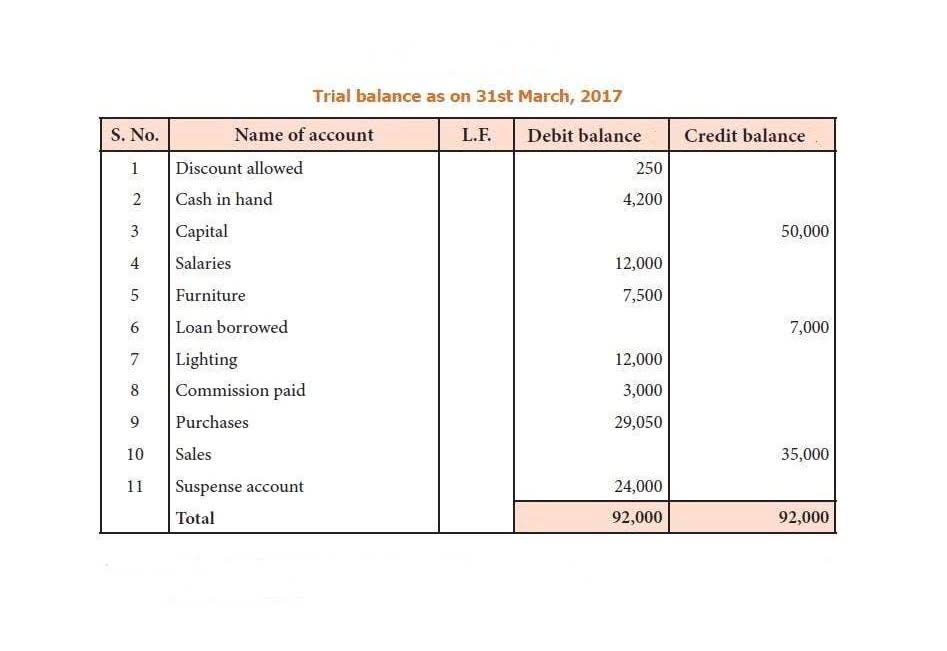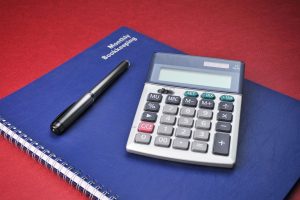A Guide to Properly Managing Plant Assets

Additionally, it allows for proper calculation of depreciation expense and provides transparency and accountability in financial reporting. Proper management and accounting of plant assets are crucial for a company’s financial stability and growth. It involves various aspects, such as the acquisition, recording, depreciation, and disposal of these assets. Plant assets are long-term fixed assets that are utilized to manufacture or sell a company’s products and services. These are physical assets that are expected to be financially useful to a company for more than a year.
- Determining the cost of constructing a new building is often more difficult.
- They record the cost of permanent landscaping, including leveling and grading, in the Land account.
- Regardless of the company you’re analyzing, plant assets tend to be those held for long-term use and depreciated over their useful lives.
- They are the resources a company needs to run its day-to-day operations and pay its current expenses.
- If debt has been used to purchase the plant asset, then the cash flow statement would also show the regular payments towards that debt too.
Main Purposes of Financial Statements (Explained)

Depreciation helps to reflect the gradual loss of value and obsolescence of these assets as they are used in the production process or over time. Plant assets, also known as property, plant, plant assests and equipment (PP&E), are tangible assets with a useful life of more than one year. The second method of deprecation is the declining balance method or written down value method.
- Companies must consider factors such as the quality, cost, and reliability of the assets, as well as their compatibility with existing systems or infrastructure.
- Depreciation is a non-cash expenditure that decreases the company’s net profits and is recorded on the income statement.
- What these assets all have in common, that also differentiates them from current assets, is that they are not going to turn into cash any time soon and their connection to revenue is indirect.
- It’s determined by multiplying the difference between an asset’s purchase price and its projected salvage value by the number of years it’ll be in use.
- Monte Garments is a factory that manufactures different types of readymade garments.
What is the straight-line method?
Noncurrent assets are not depreciated to represent a new or replacement value but simply to allocate the asset’s cost over time. The portion of ExxonMobil’s balance sheet pictured below from its 10-K 2021 annual filing displays where you will find current and noncurrent assets. Depreciation and amortization, or the process of expensing an item over a longer period of time than when it was acquired, are calculated on a straight-line basis.
Balance Sheet

It is adjusted for depreciation and amortization and is subject to being re-evaluated whenever the market price decreases compared to the book price. Depreciation expenditures, on the other hand, are the appropriate part of the cost of a company’s fixed assets for the time period. Depreciation is a non-cash expenditure that decreases the company’s net profits and is recorded on the income statement. Though plant assets are sometimes seen as expensive, not all have the same value or are prioritized by a company. Effective acquisition of plant assets requires careful planning, thorough research, and attention to detail. Companies must consider factors such as the quality, cost, and reliability of the assets, as well as their compatibility with existing systems or infrastructure.
This is especially important later because the depreciation recorded on the buildings affects reported income, while no depreciation is taken on the land. This https://www.bookstime.com/articles/accounting-for-plumbers would include long term assets such as buildings and equipment used by a company. Plant assets (other than land) will be depreciated over their useful lives.

- In the balance sheet of the business entity, these assets are recorded under the head of non-current assets as Plant, property, and equipment.
- This category of assets is not limited to factory equipment, machinery, and buildings though.
- These represent Exxon’s long-term investments, like oil rigs and production facilities that come under property, plant, and equipment (PP&E).
- Instead, a part of the cost is periodically charged to the expense account to depreciation the plant assets.
